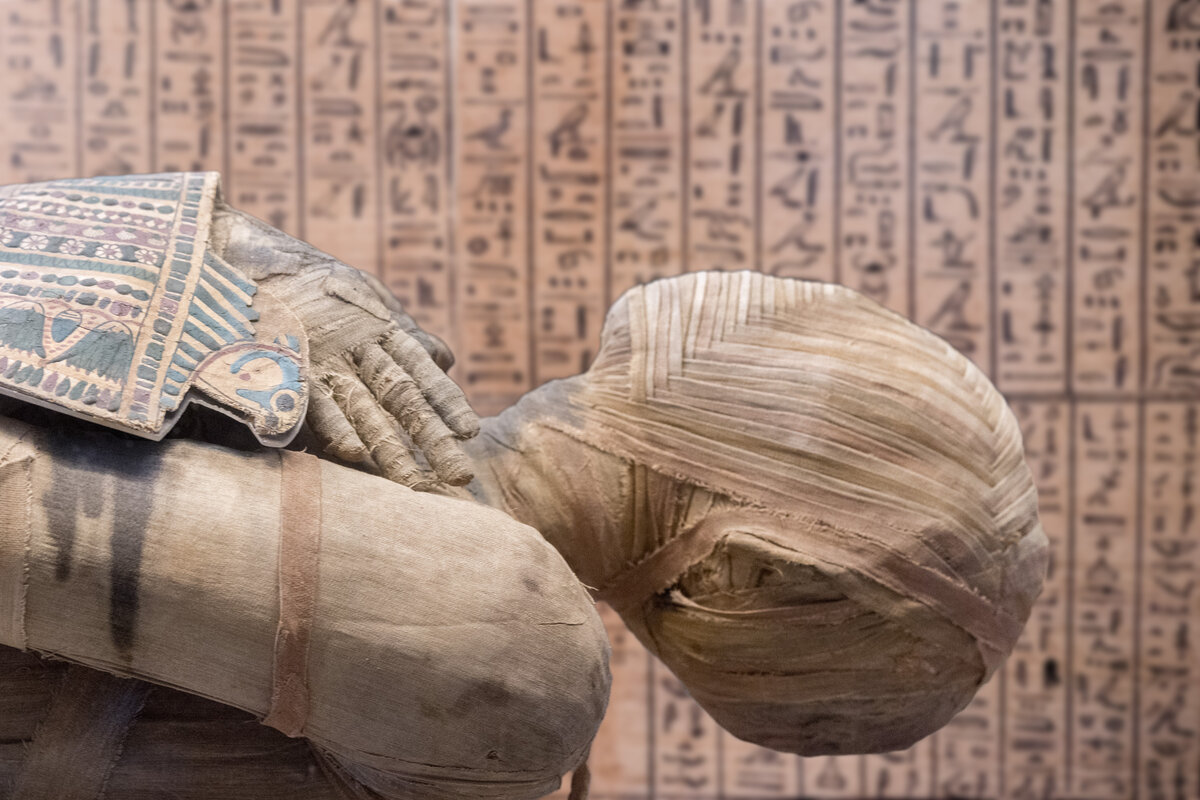Ancient Egyptian mummy found to carry plague bacteria

In a stunning archaeological discovery that’s shaking up the field of history, researchers have identified the plague pathogen inside an ancient Egyptian mummy.
What makes the news truly shocking is that the mummy predates the infamous Black Death—which ravaged Europe for thousands of years, according to a report by the Daily Star. The finding has not only rocked the scientific community but may also fundamentally change how we view humanity’s past.
Plague detected in mummy
It’s well-known that plague—formally known as Yersinia pestis—wiped out millions during the Middle Ages. But according to recent research, it was claiming lives around the world as far back as the Egyptian Bronze Age. Scientists detected the DNA of the deadly bacterium in bone and intestinal tissue from a mummy housed at a museum in Turin, Italy.
“This is the first known ancient Y. pestis genome discovered outside Eurasia, providing molecular evidence that plague existed in ancient Egypt. While we can’t yet determine the full extent of the disease’s spread, this finding changes everything,” the study’s authors stated.
First case found in Africa
The discovery is significant because, until now, all known ancient plague cases had been confined to Europe and Asia. For example, 5,000-year-old skeletons in Russia showed evidence of infection. Now, it’s confirmed that North Africa was also part of the deadly pathogen’s journey.
Previous research had already raised suspicions of outbreaks along the Nile. Fleas—primary carriers of plague—have been found in Amarna, an ancient Egyptian city. A mysterious 3,500-year-old Egyptian medical text known as the Ebers Papyrus also describes a disease, noting that “a lump formed, and the pus solidified.” Many researchers believe this clearly points to bubonic plague.
Plague may have travelled from Egypt to Europe
Some theories suggest the disease first appeared in Nile-dwelling rodents. Fleas may have then carried it to black rats, which travelled aboard Egyptian ships to other parts of the Mediterranean—and eventually to Europe. That may have sparked the plague’s long and deadly journey, ultimately decimating much of medieval Europe’s population.
Unfortunately, the plague isn’t just ancient history. Bubonic plague still exists today. According to the U.S. Centres for Disease Control and Prevention, there were 67 cases reported in Colorado alone between 1970 and 2022. Between 2010 and 2015, the World Health Organisation recorded 3,248 cases globally—most of them in Madagascar, Peru, and the Democratic Republic of the Congo.
So even after thousands of years, plague remains with us—and it’s uncertain whether we’ll ever be rid of it for good.
To read or share this article in Hungarian, click here: Helló Magyar







